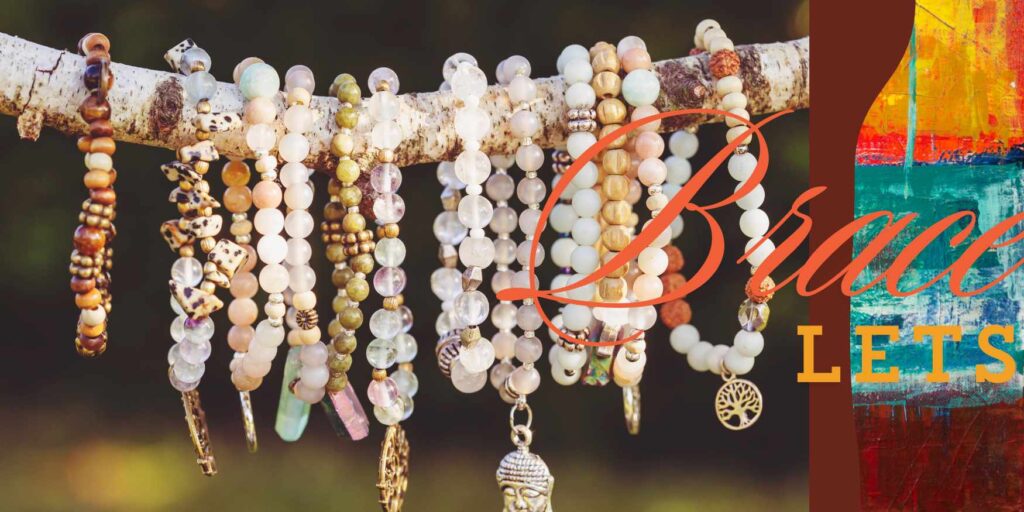Do you consider it vintage when you hear the word scrunchies? If yes, then wait a moment to look around! they are back in style, and are probably all that extra quirk you need for your hair. In addition to the fact that they are available in a wide spectrum of textures, shades, and patterns, they are additionally very delicate and beneficial for your hair. In this article, we’ll disclose cleaning techniques for your cherished scrunchies to keep them as new as might be feasible.
Very much like your different outfits, you should wash your scrunchies consistently. It is vital to store them accurately and keep them clean to avoid smelly, dirty scrunchies.
There are two methods for washing scrunchies. You can either put them in the clothes washer or hand-wash scrunchies. Ensure you know what texture they are produced using, as this will decide the manner by which you should wash them.
Scrunchies are extremely simple to keep clean. They don’t need a lot of work to keep up with, and they function admirably as an adornment.
HOW TO HAND WASH YOUR SCRUNCHIES
If you ask that you should wash hair scrunchies, the answer would be you must. Yet, how you go with it relies upon your own inclinations as well as the textures. On the chance that you don’t know of the most ideal way to wash your frills or scrunchies, contact the organization that makes them for more data about the materials they use. Notwithstanding which technique you pick (machine wash or hand wash), make certain to eliminate all the hair and dirt you can in advance.
- Start by sorting your lights and darks from one another to wash independently.
- Place your scrunchies in a bowl or in the sink
- Add water to the bowl with warm water or close your sink outlet and top it off with warm water.
- Include a couple of drops of clothing cleanser or a delicate shampoo.
- Wash them with your hands completely
- Wash again with clean water to wash the cleanser off.
- Spread them out to dry on top of a towel or hang to dry.
While standard flexible barrettes gather sweat, the additional texture around scrunchies (also known as the scrunchie part) makes for a much more prominent surface region for sweat absorption and soil to gather. Obviously, the extra water from hand-washing your scrunchies will not turn out clear.
Very much like shirts and jeans, the texture your scrunchies are made of decides how you should wash them. Textures like cotton, nylon, spandex, and polyester can be in every way tossed in the clothes washer and washed on the fragile or typical setting with the remainder of your garments. Different textures like cloth, rayon, and silk should just be hand-washed. For the security of our scrunchies, we chose to hand-wash them, and the cycle was such a great deal more straightforward than we’d initially suspected it would be.
Read this article : How to Store Scrunchies?
THE BEST AND EFFECTIVE WAY OF MACHINE WASHING SCRUNCHIES

In the event that you have scrunchies that can be washed with a machine, you should wash them in these ways. In any case, be certain not to simply toss those scrunchies in the machine. If proper precautions are not taken before tossing them into the machine, you may find your scrunchies getting damaged, or even your machine parts may get damaged.
Place your scrunchies in a sock or a net sack, and tie it up cautiously prior to tossing it in the machine for washing.
- Make it a point to not toss in the scrunchies alone into the machine
- Place your scrunchie in a clothing pack, net sack, or even in an unfilled cushion case!
- Wash on the sensitive cycle or pick the hand wash choice on your machine
- Pick warm or cold water with the most reduced twist cycle conceivable
- We generally prescribe to allow them to hang dry
Why You Should Wash Your Scrunchies
Adding more to your clothing heap may sound unappealing, however, science says cleaning your scrunchies and other hair embellishments is an absolute necessity. Dermatologist clarifies, “Clasps and hair scrunchies can encourage terrible microorganisms (microbes and parasites), that while coming in close contact with your skin might cause various undesirable skin irritations.” Yuck!
So, where do the microorganisms come from? Hair master says, “Pins retain dust, soil from our hair and hands, and particles of styling items like hairspray and hair froth.” Plus, they assimilate sweat. As the entirety of this soil and oil collects on your hair frill, they become what NMD calls “an ideal favorable place for yeast and microscopic organisms.” This can prompt skin diseases and the stenches that headwear conveys when worn close to the scalp. Would you prefer wearing sweat-soaked headbands again the next day at the exercise center? No way.

Spring Fashion trends 2024 : what's in!

Who Should Be Paying For Your Wedding Cards And Save The Dates?

Stop worrying about how to get transmission fluid out of clothes!

Choosing the Perfect Fashion Bracelets for Women

Top 5 Traditional Russian women fashion tips that still work!



